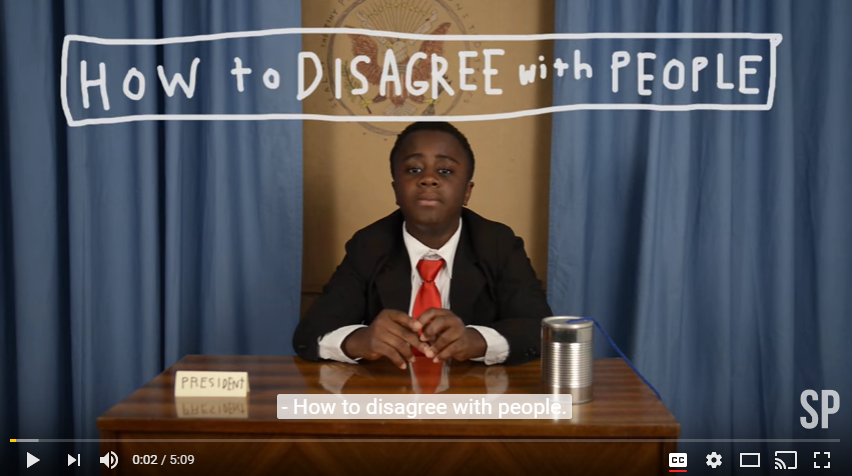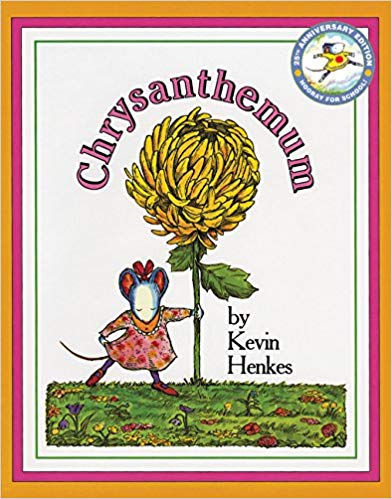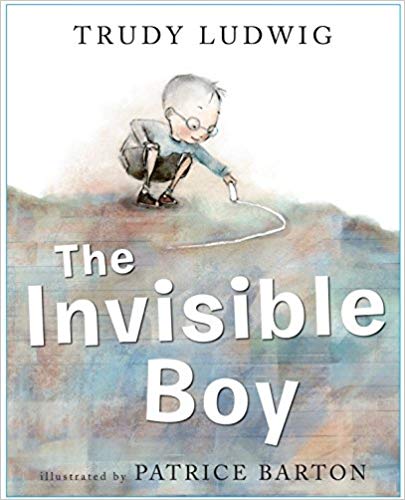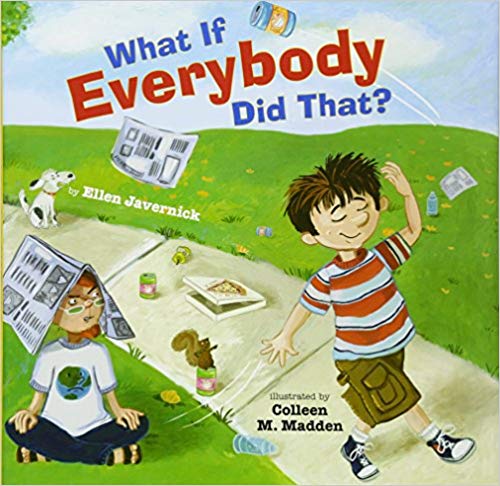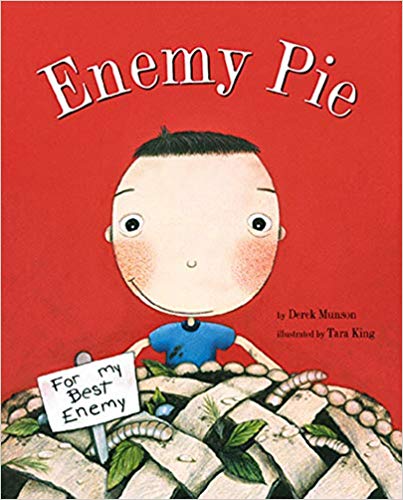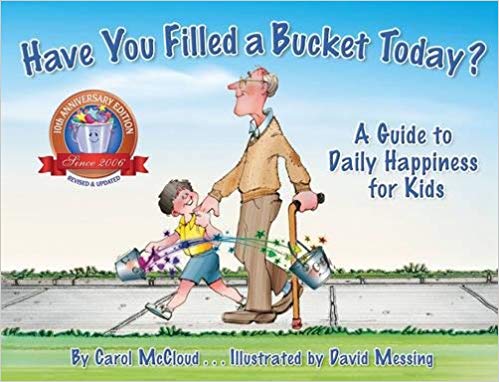9 Tips for Teaching Your Students to Be Kind
Love podcasts? Check out this post in the form of a podcast episode on The Classroom Commute Podcast:
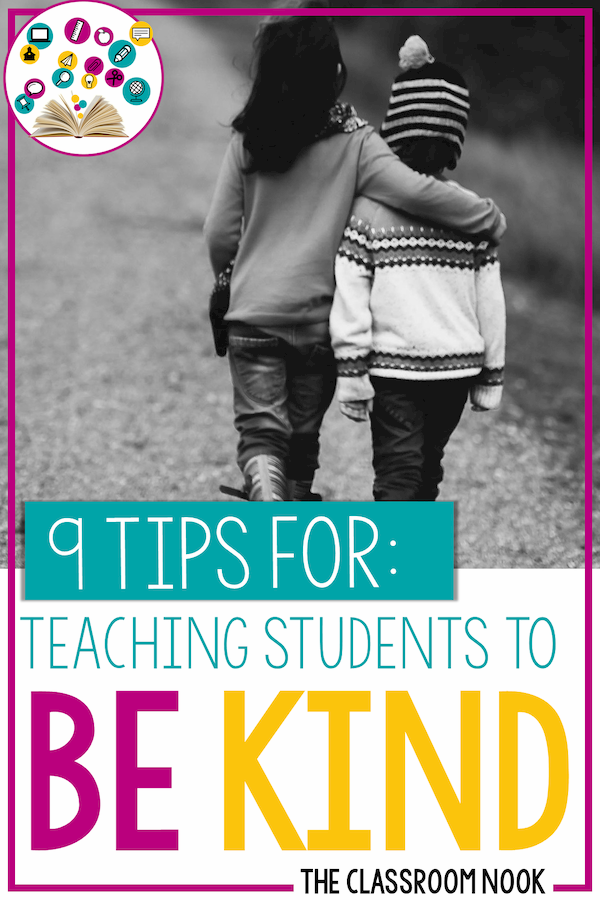
I have no room for rude or unkind behavior in my life.
Not from public figures and celebrities, not in adults, and certainly NOT in children.
There is absolutely no accuse or reason for it, but unfortunately mean-nature people are everywhere and our students are exposed to that behavior constantly.
As teachers we spend so much time thinking about how to teach math, how to teach reading, how to teach science and social studies, and so on, that the concept of teaching kindness often falls to the wayside. And that's sad.
Quick story - I used to teach in a VERY high-needs, high-poverty district where students struggled....a LOT - in school and in life. Many of my students came from broken homes where the last thing on their mind was learning. Many of them came from homes where kindness was NOT a way of life.
Each day, I struggled. I struggled because it was soooo hard to teach to a classroom full of students who came from homes where education was not valued and where their first response to a problem was to be violent and revengeful. Now - this, of course, did not describe every student in my class, but it was certainly the over-arching tone.
What's a teacher to do?
You can't do math or literacy centers if your students don't know how to work nicely in groups. You can't go on field trips if your students are constantly arguing on the bus on the way there. You can't have fun parties and events in your classroom if your students don't appreciate ANYTHING you do. It's super hard.
Here's the reality-It's very hard to teach a room of students ANYTHING until you teach them to be kind.
If you spend your entire day playing "referee," constantly putting out fires between your students, there's no time for teaching.
Here's what you can do about it - Teach kindness first.
This is not a one-and-done lesson. This is an every day, all day kind of lesson. We have to incorporate kindness practice into absolutely EVERYTHING we do. We have to put kindness reminders EVERYWHERE. And - we have to reinforce it ALL THE TIME.
Here are a few tips to help you teach your students to be kind.
1. Kindness starts with you.
Kindness is learned by example. Hold yourself to the kindness standard. You never know when little eyes are watching. If they hear YOU gossiping in the hallway to another teacher, or rolling your eyes, or whatever - THAT becomes their example (or lack-there-of) of what kindness looks like.
2. Plaster kindness ALL. OVER. YOUR. CLASSROOM.
Be sure to put up posters and other displays in your classroom that promote kindness. From inspirational posters, to displays that your students help you create, when your students look around your classroom, be sure they see evidence of kindness EVERYWHERE!
3. Have a kindness motto for your classroom.
If you’ve ever watched the Ellen show, you might notice that at the end of every show she always says that same thing: “See you tomorrow, be kind to one another.” This would be a great end-of-the-day ritual to have with your students. It might look at little something like this: Your students are lined up at the door at the end of the day, ready to head out to the bus stop:
Teacher says: "See you tomorrow!"
Students follow with: "Be kind to one another!"
Say this kindness motto every day as your students leave for home and before long its stuck in their brains.
4. Watch Kid President videos on kindness.
Oh man! I looooove Kid President. He is so relate-able and SO spot-on with all of his video messages. He addresses issues such as how to disagree the right way, how to be awesome, how to be a leader and so much more. In all of the videos, he promotes how to do EVERYTHING through kindness.
Use them in your classroom. How great would it be to start each week with a Kid President video first thing Monday morning? Play the video, have a discussion, invite students to share their thoughts, and start your week off on the right foot. You can take it a step further and watch the video again on Friday and have students tell you how they applied the message of the video to their life that week.
5. Create a shout-out box to promote kindness.

We all like to receive an "atta-boy" or "atta-girl" pat on the back every now and then! Make it part of your classroom routine. Have a little decorated shoe box in your classroom where students can give a "shout-out" to a fellow classmate.
They fill out a little form like shown on the right. Then, a few times a week choose a shout out from the box and read it to the class. You will make your students' day!
6. Teach kindness through literature wherever possible.
Create conversions about kindness whenever you can. Choose read-aloud books for your mini-lessons that bake kindness right into the story line - and into your lessons!
Here's a starter list of picture books that promote kindness: Click Each Book Cover (afiliate links below)
8. Explicitly teach students HOW to be kind.
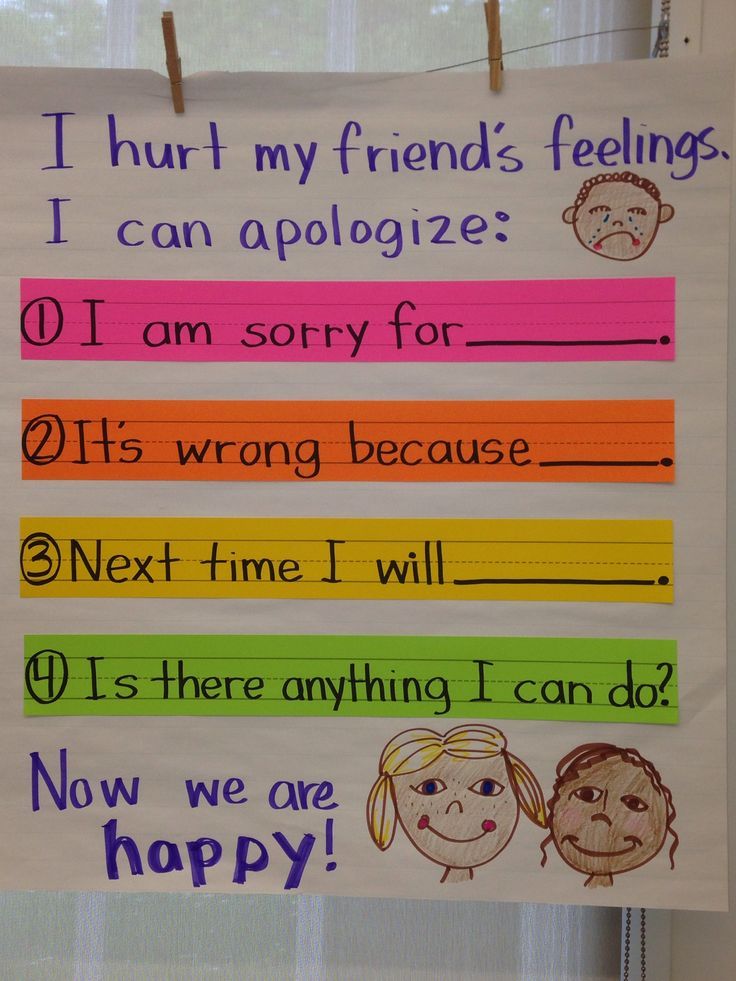
In my own teaching experience, many of my kids didn't even realize that they were being unkind. So - you have to teach it. Explicitly. Again and again. People don't learn to be unkind overnight, and they certainly won't learn kindness overnight either. In some case, you have to teach students phrases that they can use to talk to each other with kind words. Even a simple poster like this is a great place to start. (poster via)
9. Create a kindness visual.
Finally - let students SEE their kindness pile up by creating a kindness jar.
Each time you see kindness in action, put a marble in the jar. Let students see that kindness builds up. Make this jar a BIG DEAL and make it the centerpiece of your classroom.
And here's the thing - make the idea of the jar getting full the reward. Don't give your class a pizza party for being kind. Kindness is an expectation, not an option. Get students excited about being KIND, not about getting pizza (or ice cream, or free time, or...whatever). The kindness jar IS the reward. Being kind IS the reward.

